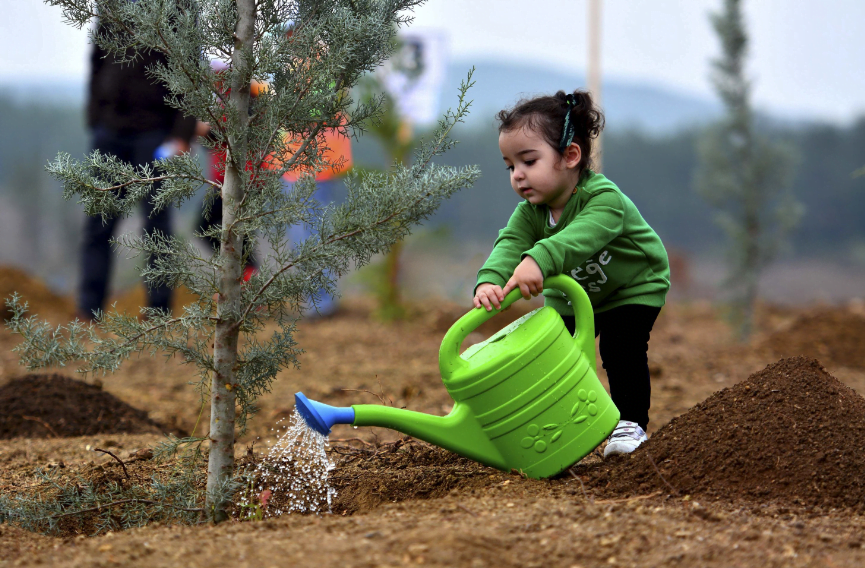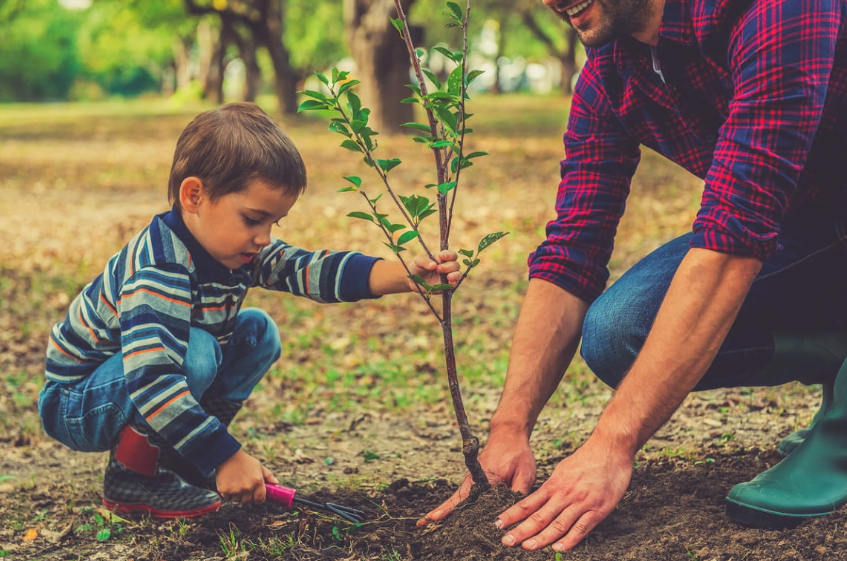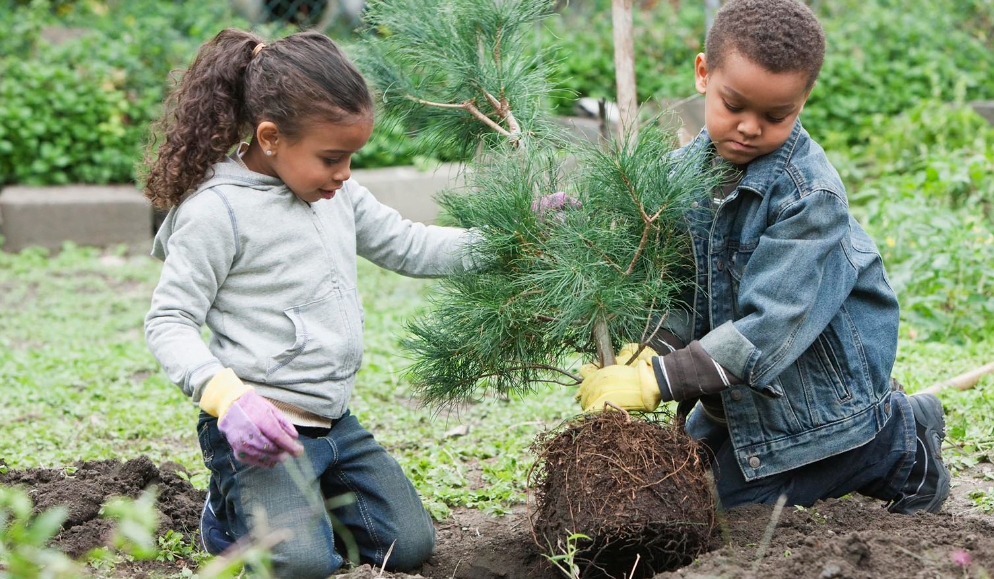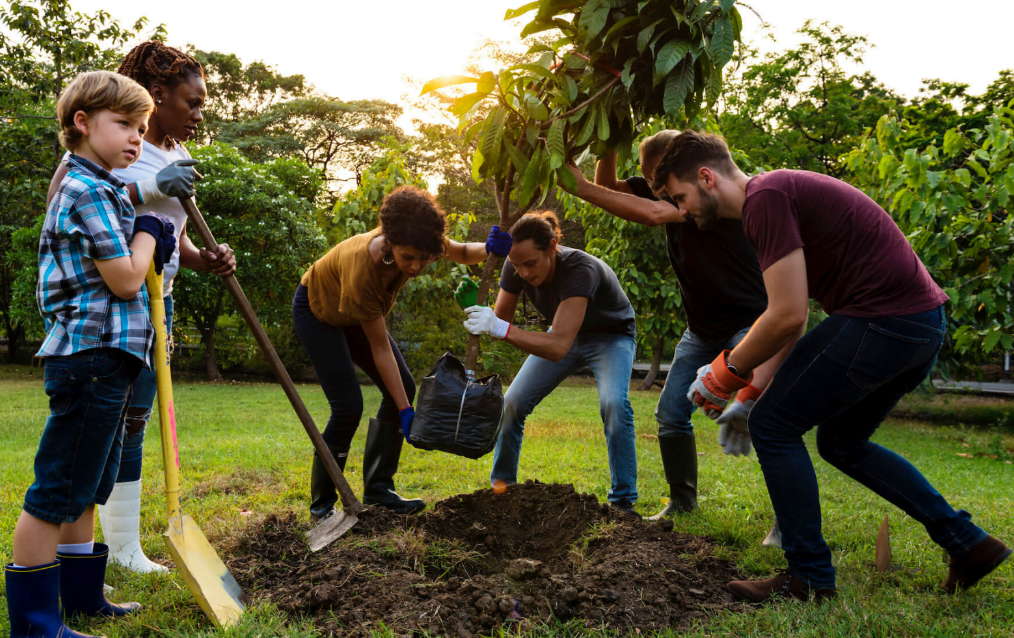free trees from the government, In an era of environmental consciousness, individuals and governments worldwide are increasingly recognizing the importance of trees in mitigating climate change, improving air quality, and enhancing the overall well-being of communities. To encourage afforestation and sustainable urban development, governments in many countries are initiating programs that offer free trees to their citizens. In this exclusive article, we will explore the significance of such programs, their benefits, and how they contribute to a greener and more sustainable future.
free trees from the government
There are many ways to get free trees from the government in 2024. Here are a few tips:
- Check with your local government. Many cities, counties, and states offer free tree programs, especially around Arbor Day in April. You can find more information on your local government’s website or by contacting your local parks and recreation department.
- Look for nonprofit organizations that give away free trees. There are many organizations that are dedicated to planting trees, and many of them offer free trees to the public. Some popular organizations include the Arbor Day Foundation, Trees for Tomorrow, and the National Wildlife Federation.
- Attend a tree planting event. Many communities host tree planting events throughout the year. These events are a great way to get involved in your community and to get a free tree.
many government offices, both at the state and local level, will give out free trees, especially around Arbor Day in April — which is April 28, 2024. You can always reach out to them directly to ask or follow the agencies on social media for updates
Here are some specific examples of free tree programs from the government in the USA in 2024:
- California’s ReLeaf California Program: This program provides funding to plant trees in communities that have been impacted by wildfires. Individuals and organizations can apply for funding to plant trees on public and private land.
- New York State’s Trees for Tribs Program: This program provides free trees to landowners in New York State who plant them along streams and rivers. Trees help to protect water quality and provide habitat for wildlife.
- Texas Forest Service’s Urban and Community Forestry Program: This program provides technical assistance and funding to support tree planting and care in urban and community areas. Individuals and organizations can apply for funding to plant trees on public and private land.
To find out more about free tree programs in your area, you can search online or contact your local government or nonprofit organization.
Please note that some free tree programs may have restrictions on eligibility, such as income requirements or property size restrictions. Be sure to read the program guidelines carefully before applying.
Here are some additional tips for finding and getting free trees from the government:
- Be prepared to act quickly. Free tree programs often have limited supplies of trees, so it’s important to register or apply early.
- Be flexible with your tree selection. Free tree programs may only offer a limited selection of tree species or sizes. Be prepared to choose a tree that is appropriate for your planting site and needs.
- Be willing to plant and care for the tree. Free tree programs typically require you to plant and care for the tree for a certain period of time. Be sure to read the program guidelines carefully to understand your responsibilities.
Here are some specific examples of free tree programs from the government in 2024:
- Canada’s 2 Billion Trees Program: This program is providing funding to plant two billion trees across Canada by 2030. Individuals and organizations can apply for funding to plant trees on public and private land.
- Arlington County, Virginia’s Tree Distribution Program: This program provides one free young native tree to each residential property in Arlington County each year. Registration for the program opens in September.
- Portland, Oregon’s Tree Planting Program: This program provides free trees to homeowners and businesses in Portland, Oregon. Trees can be planted on public or private property.
To find out more about free tree programs in your area, you can search online or contact your local government or nonprofit organization.
Please note that some free tree programs may have restrictions on eligibility, such as income requirements or property size restrictions. Be sure to read the program guidelines carefully before applying.
How to Get free trees from the government with Arbor Day Foundation

The Arbor Day Foundation is a non-profit organization that provides free trees to individuals and organizations in the United States. The foundation offers a variety of tree species, including native trees, fruit trees, and shade trees.
To get a free tree from the Arbor Day Foundation, you must first create an account on the foundation’s website. Once you have an account, you can search for trees available in your area. The foundation provides a map that shows which trees are available in each state.
Once you have found a tree that you want, you can add it to your cart and check out. The foundation will ship the tree to you free of charge.
Here are the steps on how to get a free tree from the Arbor Day Foundation in 2024:
- Go to the Arbor Day Foundation website and create an account.
- Search for trees available in your area.
- Add the tree you want to your cart and check out.
- The foundation will ship the tree to you free of charge.
Here are some additional tips for getting a free tree from the Arbor Day Foundation:
- Be prepared to act quickly. The foundation’s free tree program is very popular, and trees often sell out quickly.
- Be flexible with your tree selection. The foundation offers a limited selection of tree species and sizes. Be prepared to choose a tree that is appropriate for your planting site and needs.
- Be willing to plant and care for the tree. The foundation requires you to plant and care for the tree for a certain period of time. Be sure to read the foundation’s guidelines carefully to understand your responsibilities.
Benefits of Planting Trees
Planting trees provides many benefits, including:
- Improved air quality
- Reduced noise pollution
- Enhanced wildlife habitat
- Reduced stormwater runoff
- Increased property values
By planting a tree, you can help to improve your community and the environment.
The Arbor Day Foundation’s free tree program is a great way to get a tree for your home or community. The foundation offers a variety of tree species to choose from, and trees are shipped free of charge.
How to Get Free Trees with City Plants

City Plants is a non-profit organization that helps cities and communities plant trees. The organization offers a variety of programs and services, including free tree giveaways.
To get a free tree from City Plants, you must first find a program that is available in your area. The organization has programs in over 100 cities and communities across the United States. You can find a list of programs on the City Plants website.
Once you have found a program that is available, you must follow the instructions on the website or contact the program administrator. In most cases, you will need to provide your name, address, and contact information. You may also need to provide a photo ID or proof of residency.
City Plants offers a variety of tree species to choose from. The organization offers native trees, fruit trees, and shade trees. You can choose a tree that is appropriate for your planting site and needs.
City Plants will deliver the tree to your home or business free of charge. The organization will also provide planting instructions and support.
Here are the steps on how to get a free tree from City Plants:
- Go to the City Plants website and find a program that is available in your area.
- Follow the instructions on the website or contact the program administrator.
- Provide your name, address, and contact information.
- Choose a tree species and size.
- Wait for the tree to be delivered to your home or business.
Here are some additional tips for getting a free tree from City Plants:
- Be prepared to act quickly. Free tree programs from City Plants are often popular, and trees often sell out quickly.
- Be flexible with your tree selection. City Plants offers a limited selection of tree species and sizes. Be prepared to choose a tree that is appropriate for your planting site and needs.
- Be willing to plant and care for the tree. City Plants requires you to plant and care for the tree for a certain period of time. Be sure to read the organization’s guidelines carefully to understand your responsibilities.
Benefits of Planting Trees
Planting trees provides many benefits, including:
- Improved air quality
- Reduced noise pollution
- Enhanced wildlife habitat
- Reduced stormwater runoff
- Increased property values
By planting a tree, you can help to improve your community and the environment.
City Plants’ free tree programs are a great way to get a tree for your home or community. The organization offers a variety of tree species to choose from, and trees are delivered free of charge.
The Value of Trees
Trees are essential to the health of our planet and its inhabitants in numerous ways:
- Environmental Benefits: Trees absorb carbon dioxide and release oxygen, playing a critical role in reducing greenhouse gas emissions and combating climate change. They also improve air quality by filtering pollutants.
- Biodiversity: Trees provide habitats and sustenance for a wide variety of wildlife, contributing to the preservation of biodiversity.
- Health and Well-being: Access to green spaces and trees has been linked to improved mental and physical health for individuals and communities. They provide shade, reduce stress, and encourage outdoor activities.
- Economic Value: Trees enhance property values, reduce energy costs through shading and windbreaks, and support various industries, such as timber and agriculture.
Government Initiatives for Free Trees

Governments around the world are recognizing the multifaceted benefits of trees and taking proactive measures to promote tree planting. These initiatives often involve:
- Distribution Programs: Governments offer free tree saplings to citizens, schools, community groups, and local organizations, making it easy for individuals to participate in tree planting efforts.
- Educational Campaigns: Many programs include educational components to raise awareness about the importance of trees, proper planting techniques, and long-term care.
- Partnerships: Government agencies often collaborate with non-profit organizations, environmental groups, and local businesses to expand the reach of their tree planting initiatives.
- Urban Forestry Projects: In urban areas, governments invest in planting trees along streets, in parks, and in public spaces to improve the urban environment and combat urban heat island effects.
The Benefits of Free Trees from the Government
- Environmental Impact: Government-sponsored tree planting programs contribute significantly to reforestation efforts, helping to combat deforestation and its associated consequences.
- Community Engagement: These initiatives foster a sense of community involvement and environmental stewardship, bringing people together to improve their neighborhoods.
- Climate Resilience: Trees enhance a region’s resilience to extreme weather events, including floods and storms, by reducing runoff and preventing soil erosion.
- Economic Savings: Trees provide substantial economic benefits by reducing energy consumption, enhancing property values, and supporting local businesses.
- Health and Well-being: The presence of trees in urban areas improves the mental and physical health of residents, reducing stress and promoting a sense of well-being.
You Can Check This Also : Highest Paying Jobs In Agriculture .
Conclusion, The government’s initiative to provide free trees is a commendable step toward a more sustainable and greener future. These programs empower citizens to actively participate in environmental conservation, and they offer countless benefits to communities, ecosystems, and the planet as a whole. As we embrace these initiatives and the value of trees, we contribute to a healthier, more vibrant, and more sustainable world for current and future generations.

